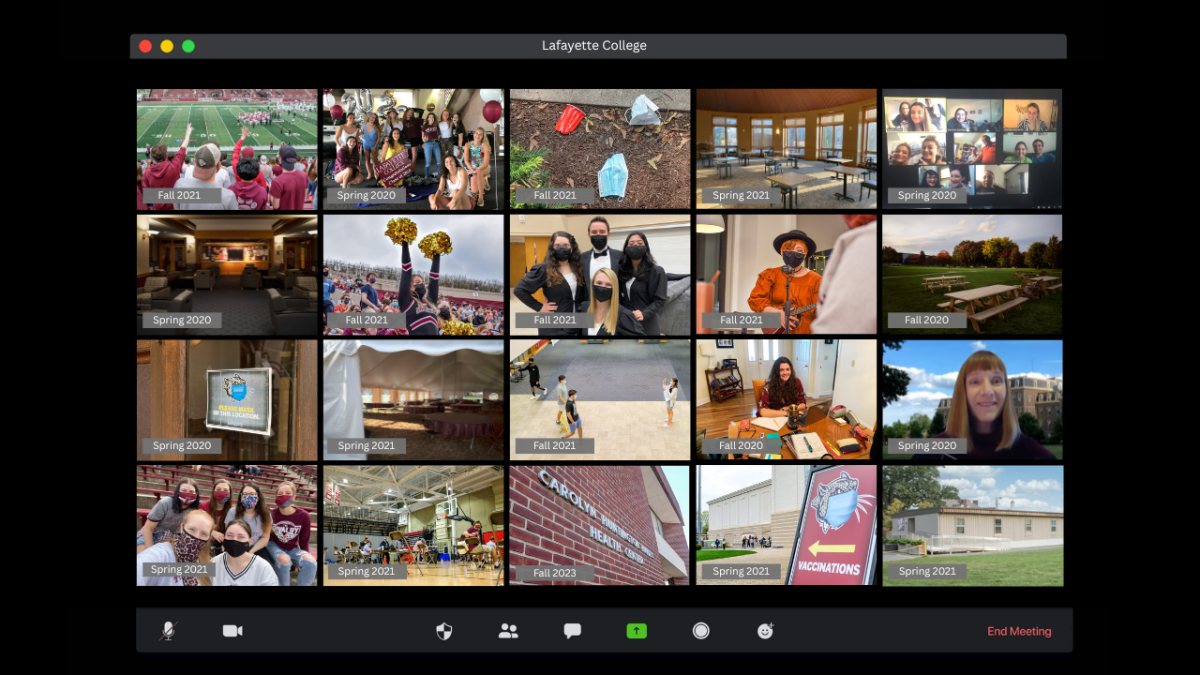Two new journalism ventures were introduced this week aimed at using empirical data to write articles and using visuals to supplement complicated news. With another one launching next week, a new frontier is being explored in the field of web journalism, one where the successes will be fruitful for both the reader and the writer.
Vox, previously under the pseudonym “Project X,” was announced through the Twitter account of its editor-in-chief, Ezra Klein on Sunday. Vox is aimed at “explain[ing] the news” to readers who might not understand certain topics, something Klein, the former editor of Washington Post’s Wonkblog, thinks has been neglected in big media out lets.
“There’s a problem in journalism,” Klein said in a launch video on Vox’s site. “We call some of the topics we cover ‘the vegetables’…as if they’re gross, and people should be reading them, but they’re not going to want to. It’s a terrible attitude; if we can’t take things that are important and meaningful in people’s lives and make them interesting, that failure is 100 percent on us as writers.”
On Tuesday, Quartz reported that The New York Times will be launching a data-driven site called “The Upshot” in the spring. The site is to be overseen by former Washington bureau chief for the Times’s David Leonhardt.
“The idea behind the name is, we are trying to help readers get to the essence of issues and understand them in a contextual and conversational way,” Leonhardt said according to the article. “Obviously, we will be using data a lot to do that, not because data is some secret code, but because it’s a particularly effective way, when used in moderate doses, of explaining reality to people.”
Finally, Monday will mark the re-launch of blog site FiveThirtyEight on ESPN. Formerly of the Times, the organization is under the direction of its original creator Nate Silver, who began the site in 2008, and brought it to the Times from 2010 until 2013. Silver accurately predicted the outcome of the presidential election in all 50 states.
All of these blogs have goals to help explain issues in the news through visuals and data. This is the way journalism is going, and it’s the way it should be going. I love reading long, narrative pieces in the print media I receive, filled with beautiful language and fluid writing, but empirical data in journalism is the best tool to use when analyzing which candidate is going to win which race and determining the public’s opinion on different political issues. Plus, in the Internet Age, where there is a plethora of data to be found on a multitude of sites, it seems only fitting to utilize that information to add context to journalism.
For these organizations, using the web as the platform for posting content is strategic not only to reach a bigger audience, but also for publishing purposes. In print, there isn’t enough page space to include big graphics and statistical data along with wordy pieces, whereas the internet does not have this limitation. Klein touched on this in the launch video: “The nature of the medium, the nature of the space constraint [in print is] that we c[an’t] put all the information you need.”
In 2011, Klein’s blog was the most read on the Washington Post’s site, and, according the Quartz article, FiveThirtyEight accounted for 20 percent of visits to NYTimes.com during the 2012 presidential election. These new ventures are most likely going to be successful, and it will be interesting to see how they alter the ever-changing landscape of online journalism.






















































































































